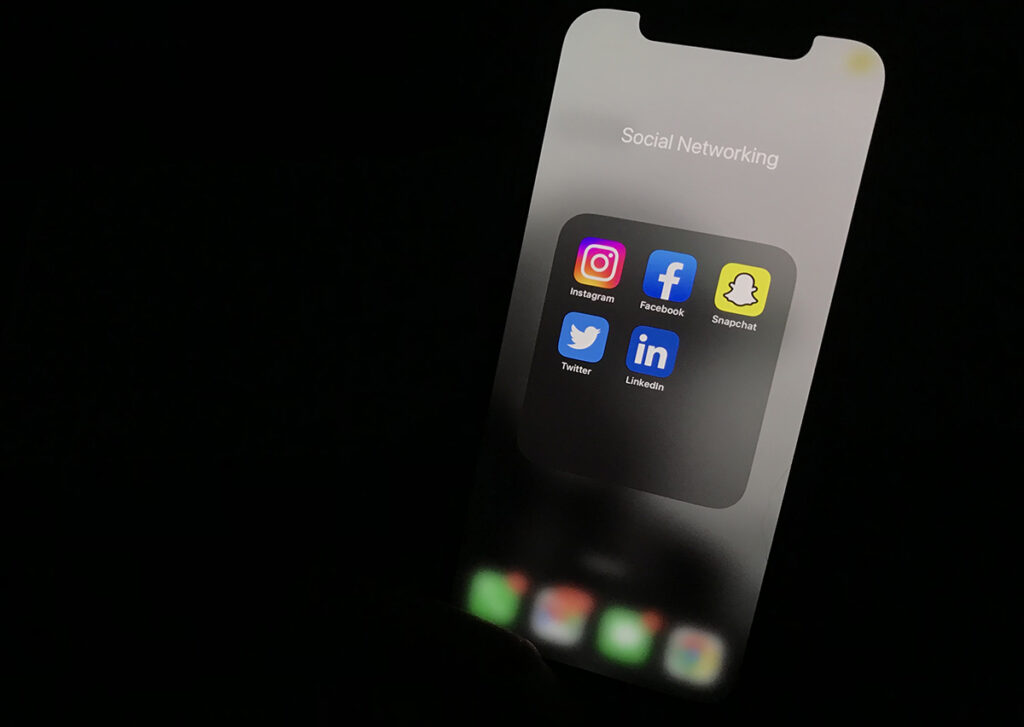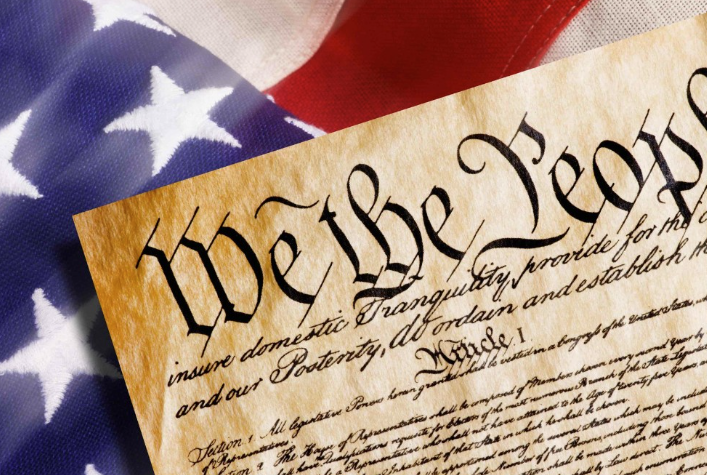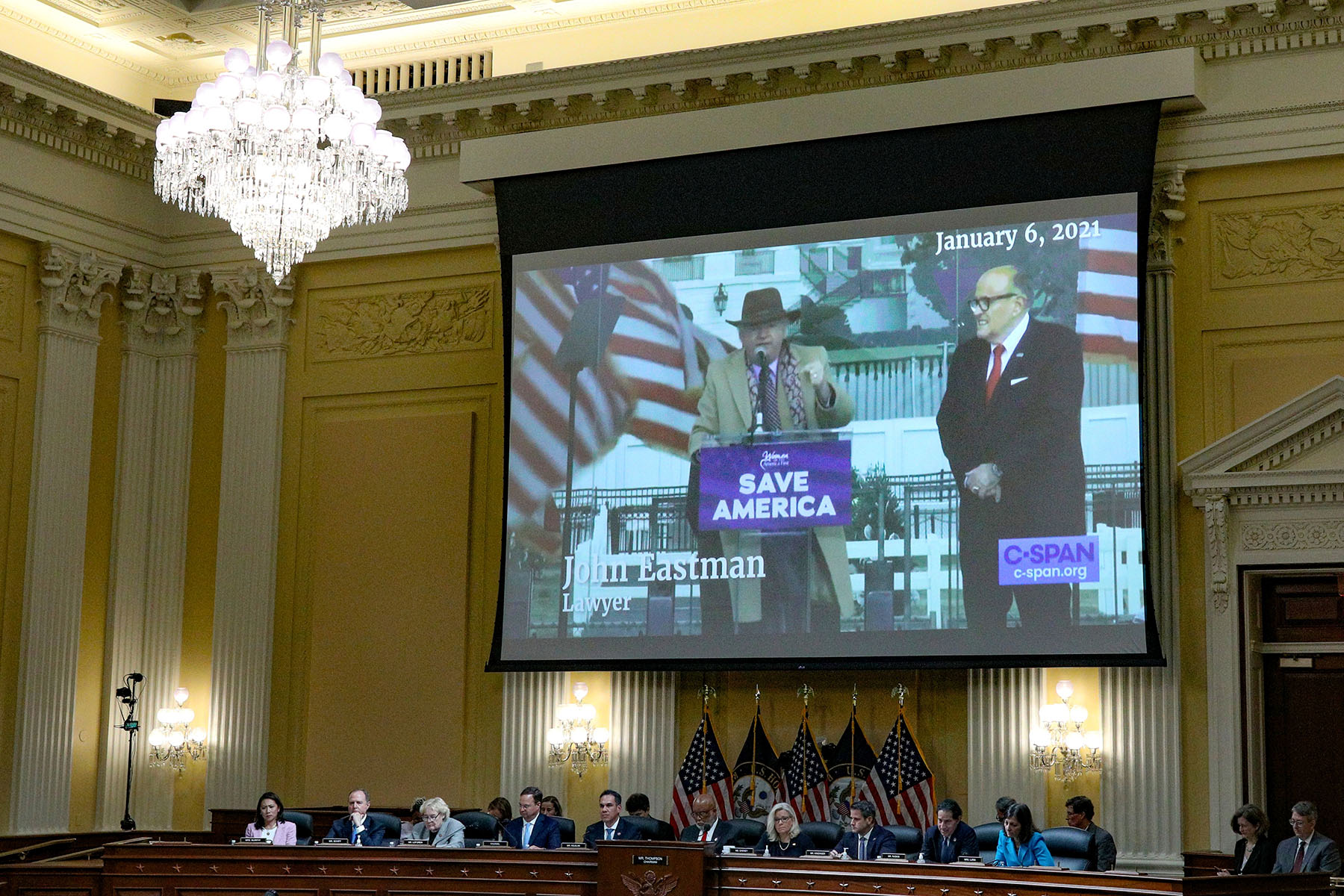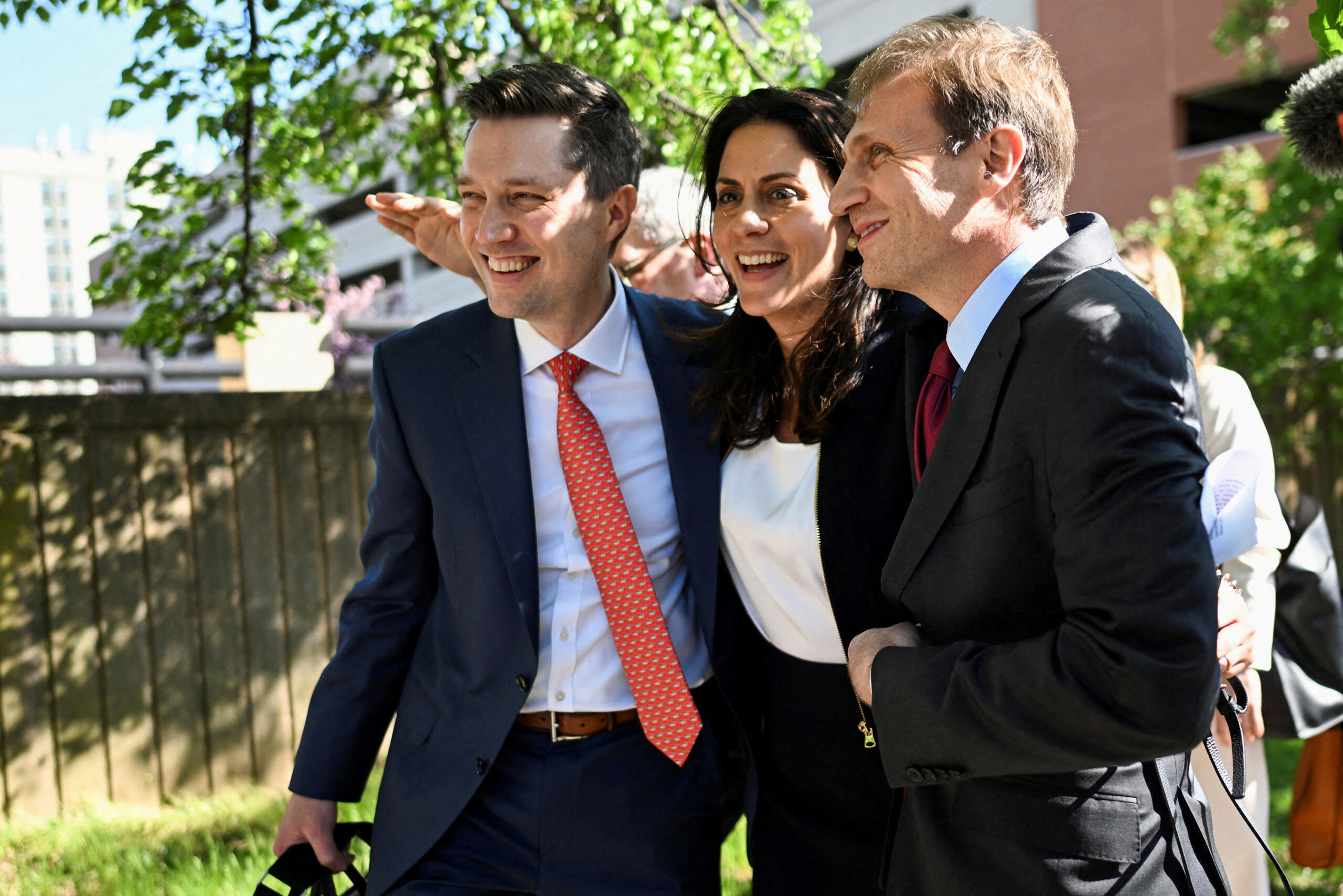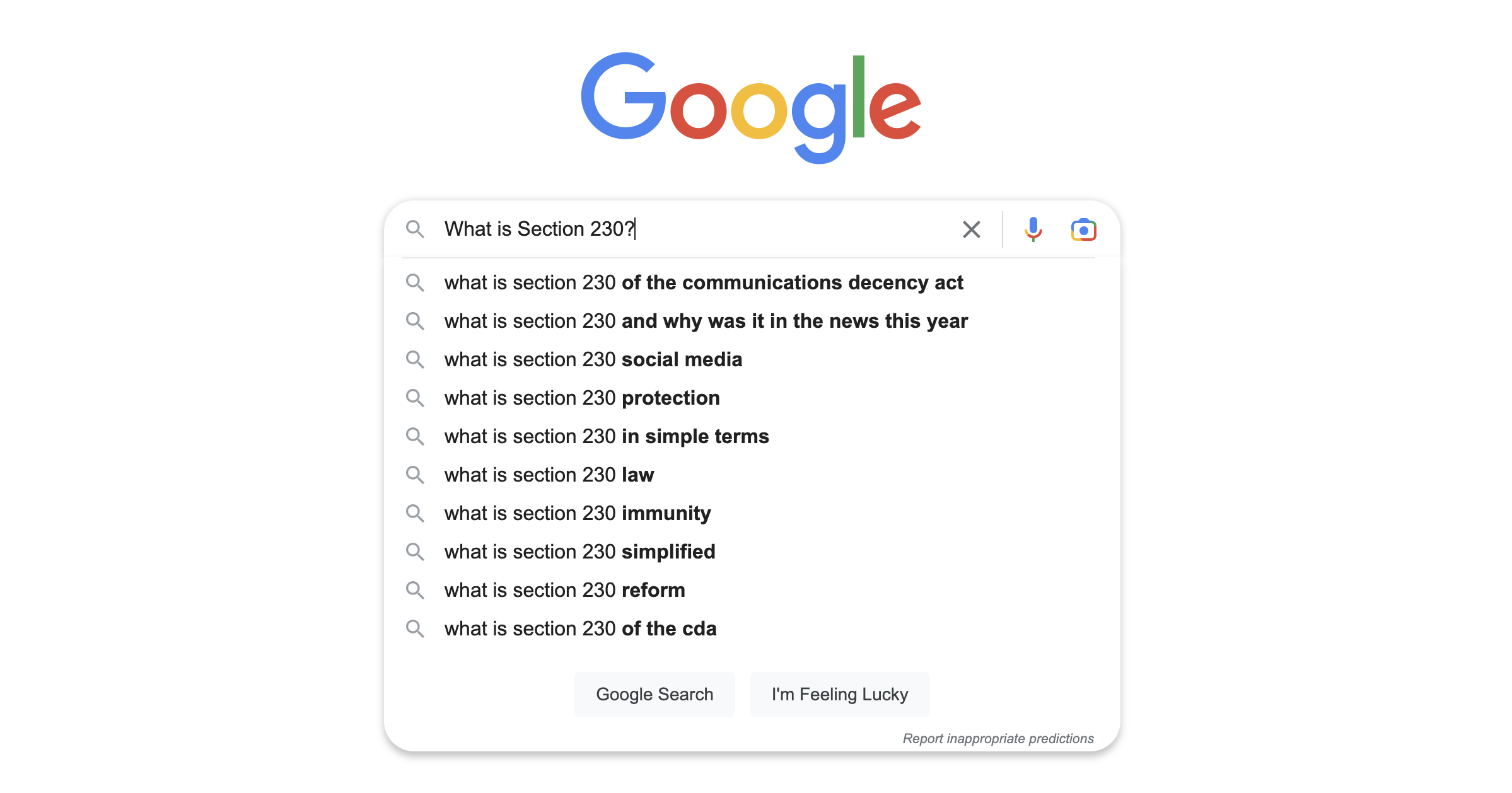A social media law in Texas, HB20, that would bar platforms with more than 50 million users from removing content with political viewpoints was upheld by the United States Court of Appeals for the Fifth Circuit Sept. 16. Two sections of HB20 were under question: Section 7, which addresses censorship regarding viewpoint, and Section 2, which requires the sharing of a biannual transparency report and a complaint system for users on the platforms.
The decision follows a preliminary injunction against two provisions of a similar Florida social media law in May, decided in the United States Circuit Court of Appeals for the Eleventh Circuit. But on Sept. 21, the Florida Attorney General filed a request for a Supreme Court hearing. Since the two federal appeals courts disagreed on how the First Amendment applies to legislative attempts to regulate social media platforms, only the Supreme Court can decide if the platforms have a First Amendment right to censor, or if they don’t.
 First Amendment Watch spoke with Lyrissa Lidsky, law professor and First Amendment lawyer, about the Fifth Circuit’s decision to uphold the Texas law. Lidsky recently joined the University of Florida Levin College of Law as a Raymond & Miriam Ehrlich Chair in U.S. Constitutional Law after serving as dean for the past five years at the University of Missouri School of Law. Her research centers on the First Amendment with a social media focus.
First Amendment Watch spoke with Lyrissa Lidsky, law professor and First Amendment lawyer, about the Fifth Circuit’s decision to uphold the Texas law. Lidsky recently joined the University of Florida Levin College of Law as a Raymond & Miriam Ehrlich Chair in U.S. Constitutional Law after serving as dean for the past five years at the University of Missouri School of Law. Her research centers on the First Amendment with a social media focus.
FAW: Throughout the Fifth Circuit’s opinion, it was frequently repeated that Section 7 of HB20 was not unconstitutional. “We first reject the Platform’s facial overbreadth challenge because Section 7 does not chill speech; if anything, it chills censorship,” the opinion stated. The court also referenced the lack of validity in using precedent from the 1974 Supreme Court decision in Miami Herald Pub. Co. v. Tornillo, where the court decided that a Florida right to reply statute forcing newspapers to publish contrasting political opinions was unconstitutional as it infringed on the freedom of the press. Why do you believe the court noted that “it chills censorship” so frequently? What about the Miami Herald case did the platforms attempt to use in their argument?
L.L.: I think that’s key to the court’s analysis. The platforms used precedent from the Miami Herald Supreme Court decision arguing that they are exercising editorial judgment and discretion. The Fifth Circuit insisted there’s no expressive component in the platforms’ curation of others’ speech. The court simply rejected the analogy between newspapers’ exercise of editorial discretion and how platforms operate. It doesn’t think that those are comparable entities for purpose of application of First Amendment precedent.They found the platforms had no legitimate argument that they have any expressive rights in how they operate. The more important argument was that big platforms have replaced a lot of expressive spheres that citizens use to engage in public discourse. The rights of citizens were more important here.
FAW: Did the court reject the argument that the platforms were exercising editorial discretion in a manner analogous to newspapers?
L.L.: Yes. Censorship is a label and of course censorship carries a pejorative connotation here. If they described the platforms’ operations instead as exercise of editorial discretion, it would affect how we saw the First Amendment interests at stake in the case.
FAW: In the 2017 Supreme Court case Packingham v. North Carolina, the high court found that a North Carolina statute barring registered sex offenders from using social media platforms was in violation of the First Amendment. In Packingham, platforms were described as the “modern public square,” and this assertion was mentioned consistently in the Fifth Circuit’s opinion. Do you believe the environment of social media platforms would be comparable to the type of public discourse that occurred in historic public squares? What do you think of this type of comparison being used in this opinion?
L.L.: It is problematic because the court did that in a completely different context, involving the state trying to bar citizens from using platforms. In that context, the court, in a broad bit of dictum, said these platforms are important as sites for citizens to use for their own speech, because they act as the “modern public square.” So it was government control of citizen access to the platform, not the platform owner barring users from accessing them.The key thing here is these are privately owned businesses being told they have to accommodate the speech of users and that is somewhat unusual. Normally, you have the right to control what speech occurs on your property. Here, they’re saying the platforms do not have the right to control what speech is on their property. Usually when you’re in the speech-hosting and speech-publishing business, you get to decide what speech does and doesn’t occur on your property.
A key distinction between a platform and more traditional public squares is citizens have a First Amendment right to gather on streets, sidewalks and courthouse plazas based on long tradition because those sites are in the control of the government. They are quintessential public spaces the government holds in trust for us. They’re called public fora, or forums. There are certain First Amendment principles that apply within government-controlled public forums and create rights of access for us. But those don’t necessarily apply on private property.
FAW: Is the opinion saying that while these platforms may be privately owned, they’re replacing government-controlled public squares?
L.L.: Yes. They’re arguing that they’re [these platforms] so imbued with the public interest based on how they operate, that they have taken the place of these government controlled streets, sidewalks and parks as a location for free expression … The Texas statute in this case treats the platforms as if they’re government entities restricted by the First Amendment in their censorship decision. In the First Amendment there’s an anti-censorship rule, but it’s an anti-censorship rule that binds only the government, to prevent government interference with the free speech rights of citizens. And the Supreme Court has said that corporations have speech rights against government infringement, too.
FAW: The 1980 Supreme Court case PruneYard Shopping Center v. Robins ruled that people were allowed to gather, petition and speak freely in malls, despite their private ownership, as they became the new location for public discourse. The Fifth Circuit noted this case in their opinion because even though the mall hosted the speech on its property, that did not mean they endorsed it. The court stated that the PruneYard decision was a much stronger comparison to the platforms than their use of the Miami Herald case. What do you think of the PruneYard decision being used as a historical precedent to show the platforms’ First Amendment rights aren’t being violated? The court noted that there is no support for the platforms’ claimed right to censor based on the history and text of the First Amendment, which is explicit regarding privately owned companies. Wouldn’t that assertion then be considered counterintuitive?
L.L.: Yes, it’s counterintuitive. The court is analogizing the platforms to a shopping mall imbued with the public interest. I find the historical arguments mostly unavailing when you’re talking about this new technology. I don’t find them very instructive, overall. Clearly you win this case by winning the analogy battle. But the thing is, the platforms aren’t really like any of the things that came before — not exactly.
FAW: In New York, legislation proposed last year looks to “prohibit the knowing and reckless promotion of unlawful or false material” online. The proposal was motivated by concerns of the lack of censorship of misinformation on large social media sites. Then in Florida you have another social media law arguing against viewpoint-censorship on the platforms. With so many crossroads, what do you think a decision like this means for the future of platforms affected by this Texas law like Twitter, Facebook and YouTube?
L.L.: It’s pretty dramatic. It certainly sends a signal to them. The government has been sending all kinds of signals to the platforms lately, saying that they’re unhappy with their content moderation decisions. Some critics are particularly concerned about their censorship of conservative voices, and some are particularly concerned about their lack of censorship of false, misleading, hateful, threatening, or other problematic speech engaged in by their users. So you might think that some of those criticisms might point in different directions as guides for platforms’ behavior. If New York wants them to censor disinformation and Texas wants them to avoid censoring, or seeming to censor, on a partisan basis, they’re caught between a rock and a hard place with everybody thinking they’re this powerful giant that can affect public discourse in a very powerful way.
What this decision means, because it conflicts with an Eleventh Circuit decision on a similar Florida law, and because three justices of the Supreme Court have already signaled in an emergency docket dissent that they think this is an issue that’s vitally important and needs to be taken up, is that the only way we’re going to get a resolution is for the Supreme Court to decide whether large platforms may remove or refuse to remove content as they choose on their sites. It’s very difficult for the companies to please the regulators at this point. You can’t please all the regulators because all the regulators are not consistent with what they want from the platforms, but the platforms are the evil villains in all the regulators’ stories. Meanwhile, there’s evidence the federal government has exerted pressures behind the scenes to influence content moderation on the large platforms, which is disturbing because the government is using its influence to have platforms censor their users’ speech in ways that the government could not.
FAW: Do you believe the Supreme Court will take up this issue? If they do, and they decide both Florida and Texas are correct in their assertions that the platforms are unconstitutionally censoring content, would this result in an increased spread of mis- and disinformation?
L.L.: I’d be shocked if they don’t take this case. The Supreme Court has already signaled in an emergency docket opinion that it is prepared to entertain the argument that platforms are common carriers like telephone companies, who might have a neutrality and non-discrimination obligation. Although the Texas law has some exemptions allowing platform removal of unlawful speech of various kinds, what the Texas law was really motivated by was the idea that platforms were censoring certain kinds of politicians, celebrities and partisans.
Politicians and celebrities have not been immune from perpetrating inaccurate information. If I were running Facebook and this was upheld as constitutional, I would just say that I’m not going to censor anything any time, unless I can show for a fact that it is one of the really narrow recognized categories of prohibited speech under the First Amendment, like a threat, incitement, or obscenity.The easiest way to comply with the Texas law if I’m Facebook is to ratchet down dramatically how much I do remove.
FAW: Why do you think the Texas law specifically references platforms with more than 50 million users? Is this motioning to some other issue?
L.L.: I think that’s indicative of what we all realize. The problem is not the platforms, per se. It’s how many eyeballs these giant platforms have. They do have an effect on the quality of our public discourse, because they’re so big. But if your problem is that they’re so big, maybe the First Amendment is not the best way to try to rectify that problem. The point is they’re not like anything that came before.They’re novel. We’re trying to come up with tools to deal with the problematic aspects of that novelty, but in trying to modify First Amendment principles to do so we may be unleashing other problems in the long run. While having the largest platforms skew public discourse to serve their own, non-transparent ends is troubling, allowing the government to tell them how it must be skewed in the future is troubling as well.
Unleashing increased government control over the contents of social media runs the risk that the government officials will exercise that power in a manner that distorts public discourse to serve their own ends. Government efforts to police speech perceived to be harmful often stem from the best of intentions, yet nonetheless lead to troubling results, such as the suppression of dissident voices, in the long run. This is true both because government actors are inevitably biased and self-interested but also because they, like the rest of us, are fallible. What seems clearly to be truth this month or this year may seem the most egregious of errors the next.
U.S. COURT OF APPEALS FOR THE FIFTH CIRCUIT DECISION FILED SEPT. 16
FLORIDA PETITION FOR SUPREME COURT HEARING FILED SEPT. 21
U.S. COURT OF APPEALS FOR THE ELEVENTH CIRCUIT DECISION FILED MAY 23
Tags
